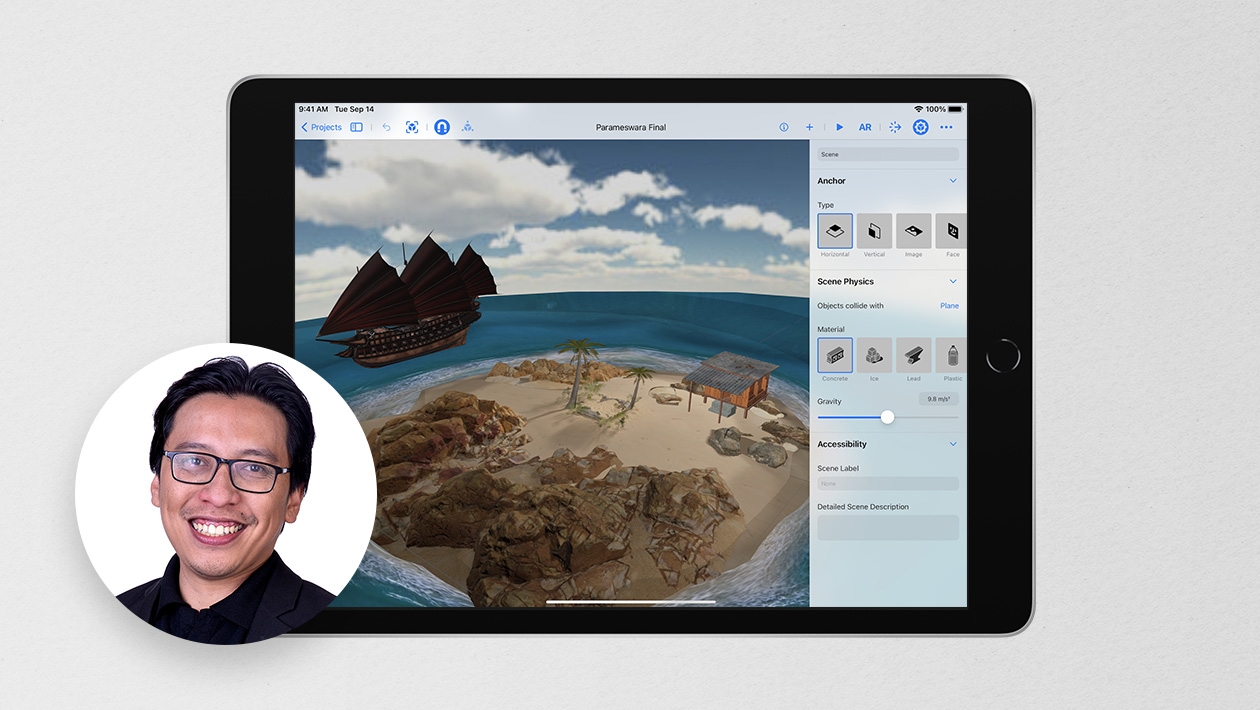Curated by Ekow Eshun, In the Black Fantastic was a Hayward Gallery (London, UK) exhibition of 11 contemporary artists from the African diaspora, who question our knowledge of the world. As part of Apple’s Festival of Learning in 2022, exhibition curator Ekow Eshun gave a special insight to In the Black Fantastic to an online audience of educators. Eshun sat down with author and educator Jeffrey Boakye to discuss some of the themes of the exhibition.
Here is an extract of their conversation about 'collage and the collapsing of time', together with a prompt for further thinking, discussion and action. This followed on from a conversation about the 'merging of past and future'. (Reproduced with kind permission of the Southbank Centre)
Collage and Collapsing of Time
Jeffrey Boayke: Within the exhibition, I see a lot of collage. And when I think about what you’ve just said, and what this means in terms of shaping a curriculum there's a lot to be said for mining existing context, mining existing myths and folklore and legend, and in doing imaginative work of making something new.
Ekow Eshun: Yes. How do we gather these histories? How do we gather these stories? One of the ways we do that is not through a linear presentation, but through a collapsing of time. Through a layering, through a collaging, that brings together fact, and memory, and sense impression, and colour, and beauty, and pain, and horror. And brings those together in these forms, in collage work.
So with Wangechi Mutu, she works in film, she works in 2D collages, and the collages sometimes reference African myth, but also when you look closely at them, the reference points for them come from all sorts of disparate sources. Because what she's trying to do the whole time is offer a story that comes out of this collapsing and holding together of different impressions, and references, and archive, and memories.
Further Thinking
Using the concept of collage, how can you encourage your students to draw on different ideas, sources and histories to build a more complete picture of key learning topics? How does this enrich the subject area?








Attach up to 5 files which will be available for other members to download.